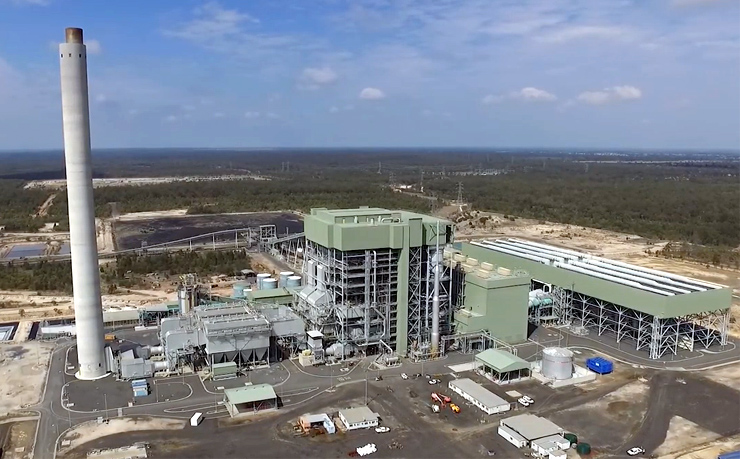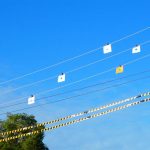

October 12, 2021
The State Government has announced plans to build a renewable hydrogen demonstration plant near Chinchilla.
Premier Annastacia Palaszczuk said the plant would be owned by the State Government and produce 50,000kg of renewable hydrogen each year.
Energy Minister Mick de Brenni said the publicly owned CS Energy had conducted a successful feasibility study with Japanese industrial giant IHI Corporation Japan.
The hydrogen produced could support the “decarbonisation” of the heavy transport and haulage industry.
“Transport is Australia’s second largest emitter after the electricity sector so making renewable hydrogen available offers enormous potential for transport sector innovation in Queensland,” Mr de Brenni said.
“The plant will be built beside the highly efficient Kogan Creek Power Station and will include the co-location of a solar farm, battery, hydrogen electrolyser and hydrogen fuel cell.”
CS Energy CEO Andrew Bills said the location had existing assets and plenty of space for expansion opportunities.
“This project offers multiple benefits for CS Energy because of hydrogen’s ability to be used as both a fuel and as a way to store energy,” Mr Bills said.
“In addition to selling hydrogen into the domestic market, CS Energy can use the plant’s battery to provide grid stability.
“We’re also really excited about the skill development opportunities this project will provide our people.”
Construction is expected to begin next year with commissioning in early 2023.
* * *
What Is Renewable Hydrogen?
Passing electricity through water breaks down H2O into hydrogen and oxygen in a process called hydrolysis.
The hydrogen created can be stored as a gas and used later as a zero-carbon fuel source.
If the electricity used in this process comes from a source such as wind or solar, the process is considered “renewable”.
The stored hydrogen can also act like a “battery”, converting electricity generated from intermittent sources into energy that can be released steadily into the grid.























